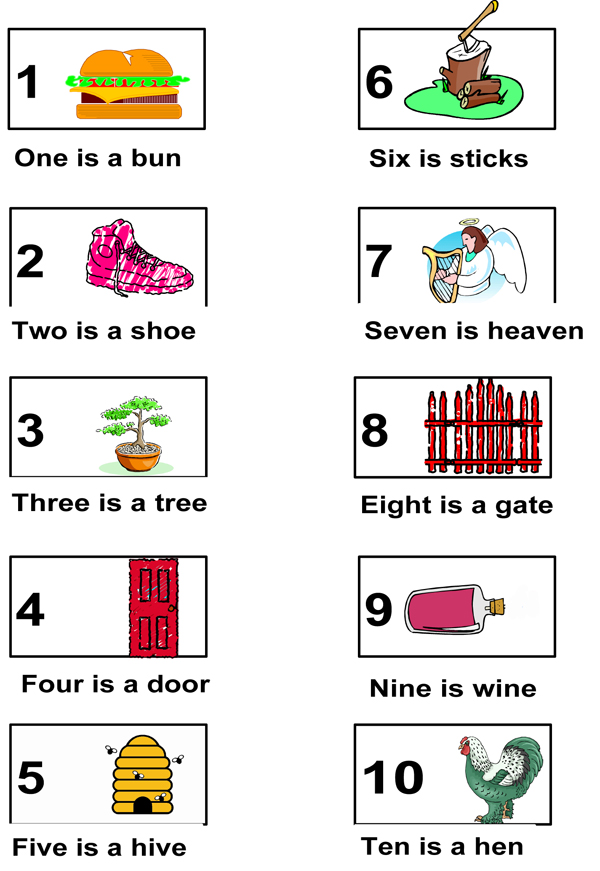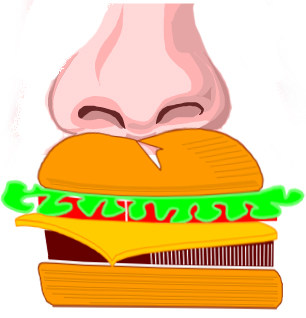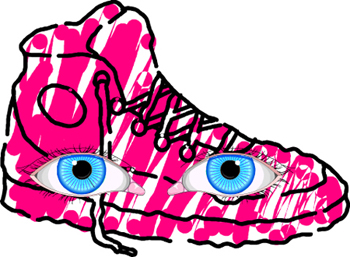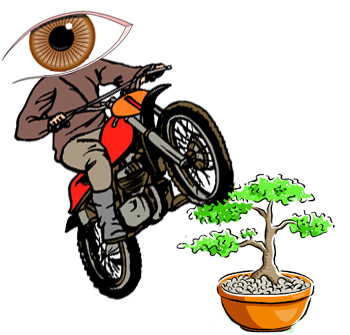If you have a numbered list to memorize, the best mnemonic strategy is the pegword mnemonic. This mnemonic uses numbers which have been transformed into visual images. Here's the standard 1-10 set.

I add two more:

To apply the strategy to a list, you visualize these images with the items to be remembered. So, for example, you might be a medical student wanting to memorize the 12 cranial nerves:
- olfactory
- optic
- oculomotor
- trochlear
- trigeminal
- abducens
- facial
- auditory
- glossopharyngeal
- vagus
- accessory
- hypoglossal
They're traditionally memorized using the first-letter mnemonic:
On Old Olympia’s Towering Top A Finn And German Vault And Hop.
I discuss what's wrong with this approach in my book Mnemonics for Study (from which the following example also comes).
Let's see how we can combine the keyword and pegword mnemonics to help remember not only the order, but also what each nerve relates to, and the names themselves:
- a nose diving into a bun

- eyes on a shoe

- an eye on a motorbike running over a tree

- a truck running into a door with eyes (the trochlear nerve also relates to the eyes)

- a jaw spitting three gems at a hive (the trigeminal nerve is attached to the jaw)

and so on.
The pegword method does require you to learn the pegs very well — you don't want to need to think at all about what image corresponds to each number. This is why the words are short and well-known, and rhyme.
If you're not very good at visualizing, you can still use the pegword method — simply use the words rather than images. In that case, you're not constrained by needing to have concrete words that are easy to visualize. Some people have had good results with an abstract set. For example, you could try:
one is fun
two is true
three is free
four is more
five is alive
six is for kicks
seven is heaven (let's face it, this is more abstract than concrete!)
eight is late
nine is fine
ten is when
eleven is even
twelve is delve
So, with our cranial nerves, we could say:
- to smell is fun
- eyes are true
- free the motors
- more trucks!
- gems are alive
- he abducts for kicks
- a facial is heaven
- I hear he's late
- a glossy pharaoh is fine
- when is vague
- with an accessory even!
- delve for the hypodermic
You can make up your own pegs. The golden rule is simply that you want them to be deeply and easily memorable. So go with whatever works for you.
To celebrate Māori Language Week here in Aotearoa (New Zealand), I've worked out a set in Māori.
In token of the version of Mnemonics for Study that comes with a Spanish glossary, I have also worked out a Spanish set.